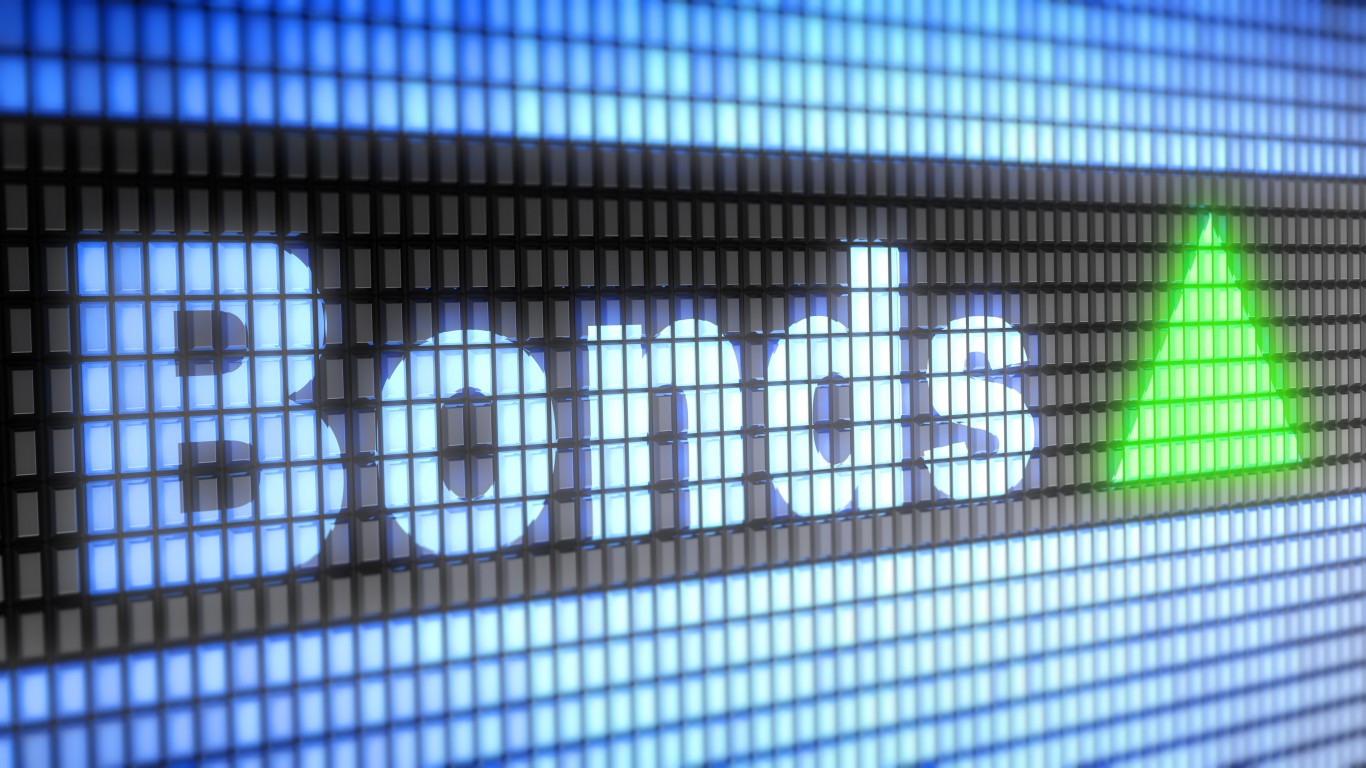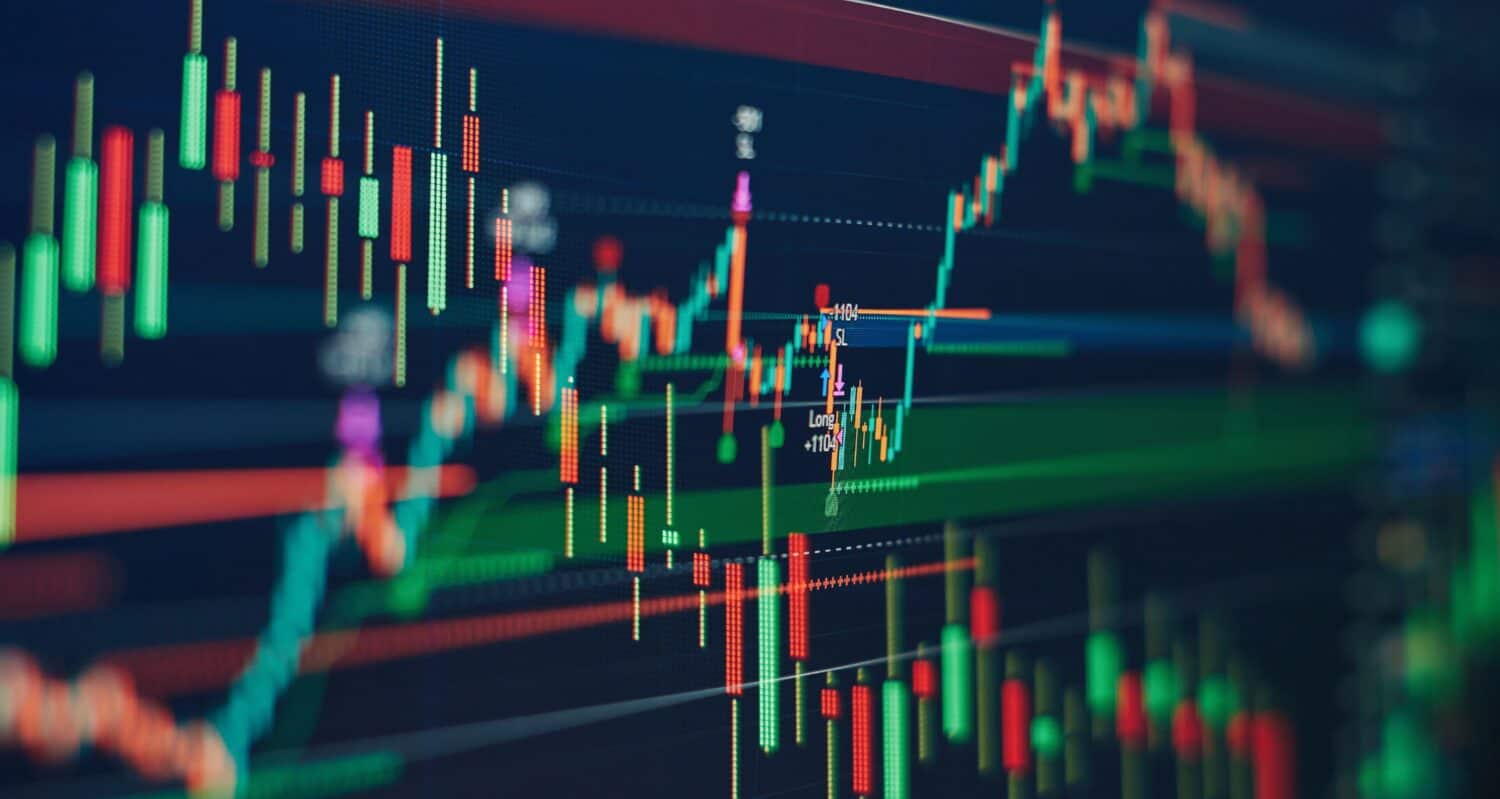Investing
The TLT Is Starting to Look Interesting At These Levels: Buy the Dip

Published:

The iShares 20+ Year Treasury Bond ETF (NASDAQ:TLT) is an exchange-traded fund that many investors use to gain exposure to the long end of the bond market. Bonds which are due 20 years or further into the future are tracked by this particular ETF, which allows investors to make bets on where long-term interest rates will be headed.
Indeed, the work carried out by the Federal Reserve over the past two years, in engaging in the fastest rate hiking cycle in modern history, has resulted in significant volatility for the TLT. This ETF has underperformed most over the past two years as a result of rising interest rates (bond prices are inversely related to yields, so when yields go up, long-term bond investors lose money). Now, with bond yields seemingly having peaked, many investors had started piling into TLT, betting on a return toward near-zero interest rates at some point.
However, since mid-September when the 20 year yield dipped below 4% and all seemed rosy on this front, yields have shot way higher again as investors increasingly priced in a Trump election win (and higher deficits and longer-term growth expectations). But with the election coming tomorrow, and odds shifting in Harris’ favor, perhaps now is the time to consider adding some TLT ahead of this volatile event.
Here’s why I’m bullish on TLT and continue to hold long bonds in my portfolio.

After the Fed’s recent outsized 50 basis point (0.5%) interest rate cut, many in the market expected the TLT to rally to new all-time highs, and continue higher. However, the TLT fell 7.4% from its September peak, as the market became more concerned about the pace of future rate cuts. Essentially, stronger economic data (in the form of jobs data as well as other manufacturing and inflation data) suggested the Fed may be able to hold rates higher for longer. At least, relative to other major developed economies.
This reality is one that I think may be a red herring. Growth remains robust, but shows signs of slowing as the consumer pares back expenditures on discretionary goods. Given the state of the U.S. economy as one that’s consumer-driven, that’s not a good thing. And I think any sort of weakening in the jobs narrative following the election (one can argue about how government jobs impact the numbers) could lead to further rate cuts, and a faster cutting cycle than many in the market are thinking.
We’ll have to see. The Fed funds futures market suggest rates may bottom at 3.4% by next year, up from 2.7% expected in September. In my view, the trend will continue toward zero for longer-term bonds, as quantitative easing and other policies are likely to be put in place if we do see recessionary headwinds pick up. Timing this trade is very difficult, but in my view, holding some percentage of one’s portfolio in longer-term bonds is a smart move. These bonds provide meaningful yields right now, and some protection against recessionary headwinds. Thus, there’s a defensive element to investing in the TLT, even if one doesn’t think interest rates will change much over the coming few years.

The iShares 20+ Year Treasury Bond ETF is still up more than 5% over the past year. And while these gains are certainly much lower than what investors may have seen during the September rally in the TLT, I think a move higher could be in the cards at least in the near-term.
Again, over the medium to longer-term, I do think interest rates will have to head lower, given the size of the government’s debt load and fiscal deficits which are likely to continue. No matter who wins this election, until this problem is solved, the government will not want to pay out more than it has to in interest payments to investors (even if the investor in question is the Fed).
Over the past three months, TLT shares trended higher, trading above both the rising 50-day and 200-day moving averages. I think the near-term move in the TLT is more likely to continue than not, and this is a fund I will continue to watch and add to, should conditions deteriorate in the overall economy.

It’s true that many investors see a lot of potential for capital appreciation in TLT. I’m one such investors. Given the fact that TLT is highly sensitive to changes in interest rates due to its long duration, there’s an implicit bet on weakening growth and inflation expectations built into buying the TLT. This isn’t the fund you want to own if you’re in the soft landing camp, and that’s partly why this ETF has underperformed this year relative to other index funds. However, I’m not in that camp.
I’m of the view that interest rates will eventually trend toward zero again. If that happens, the TLT could really provide a safe haven for investors who also expect consumer inflation pressures to ease.
Like all investments, there’s plenty of risks to be considered with adding a fund like TLT. But right now, I think the risks are more in favor of bulls than bears, and I’m positioning my portfolio accordingly.
Credit card companies are pulling out all the stops, with the issuers are offering insane travel rewards and perks.
We’re talking huge sign-up bonuses, points on every purchase, and benefits like lounge access, travel credits, and free hotel nights. For travelers, these rewards can add up to thousands of dollars in flights, upgrades, and luxury experiences every year.
It’s like getting paid to travel — and it’s available to qualified borrowers who know where to look.
We’ve rounded up some of the best travel credit cards on the market. Click here to see the list. Don’t miss these offers — they won’t be this good forever.
Thank you for reading! Have some feedback for us?
Contact the 24/7 Wall St. editorial team.